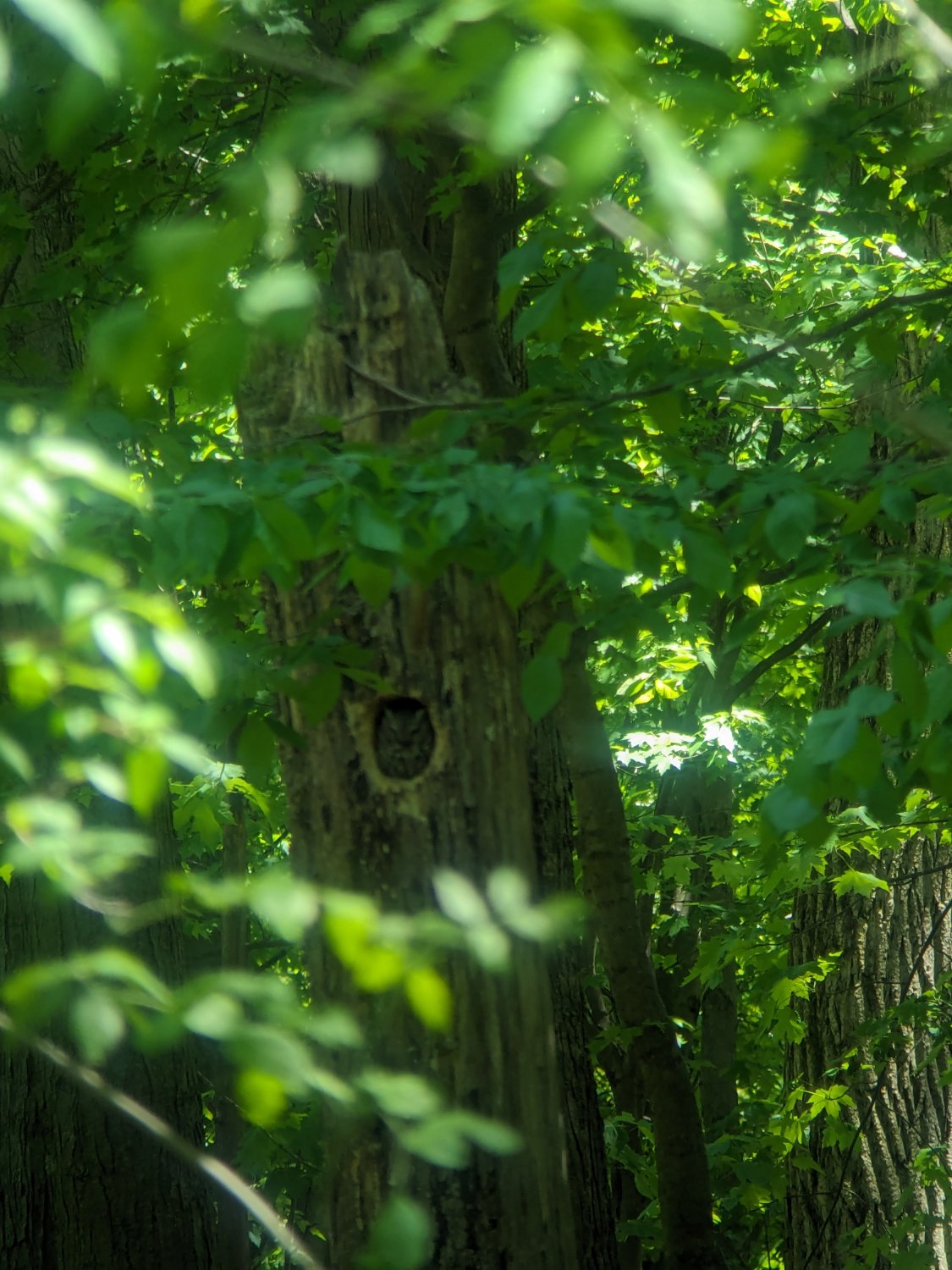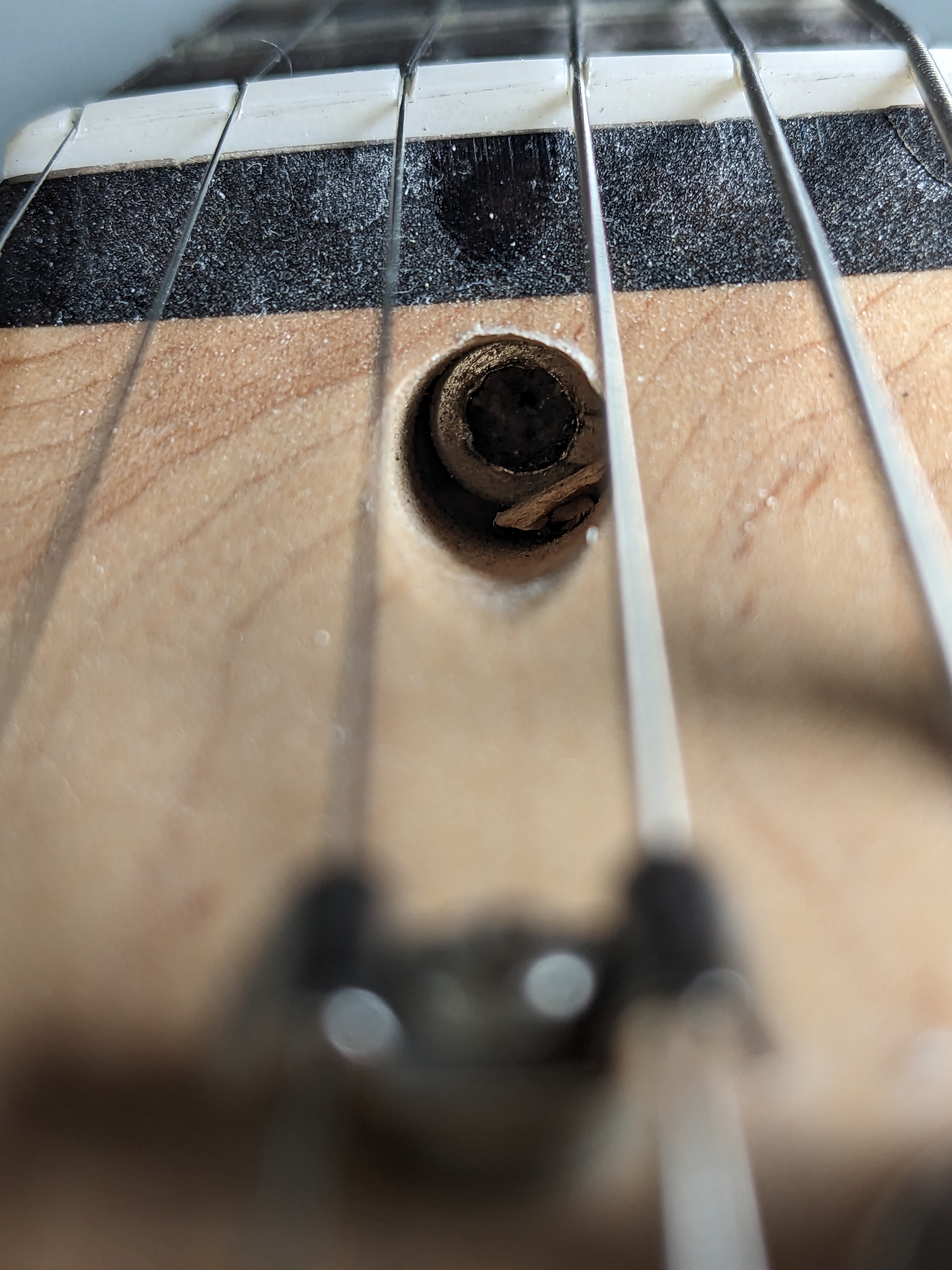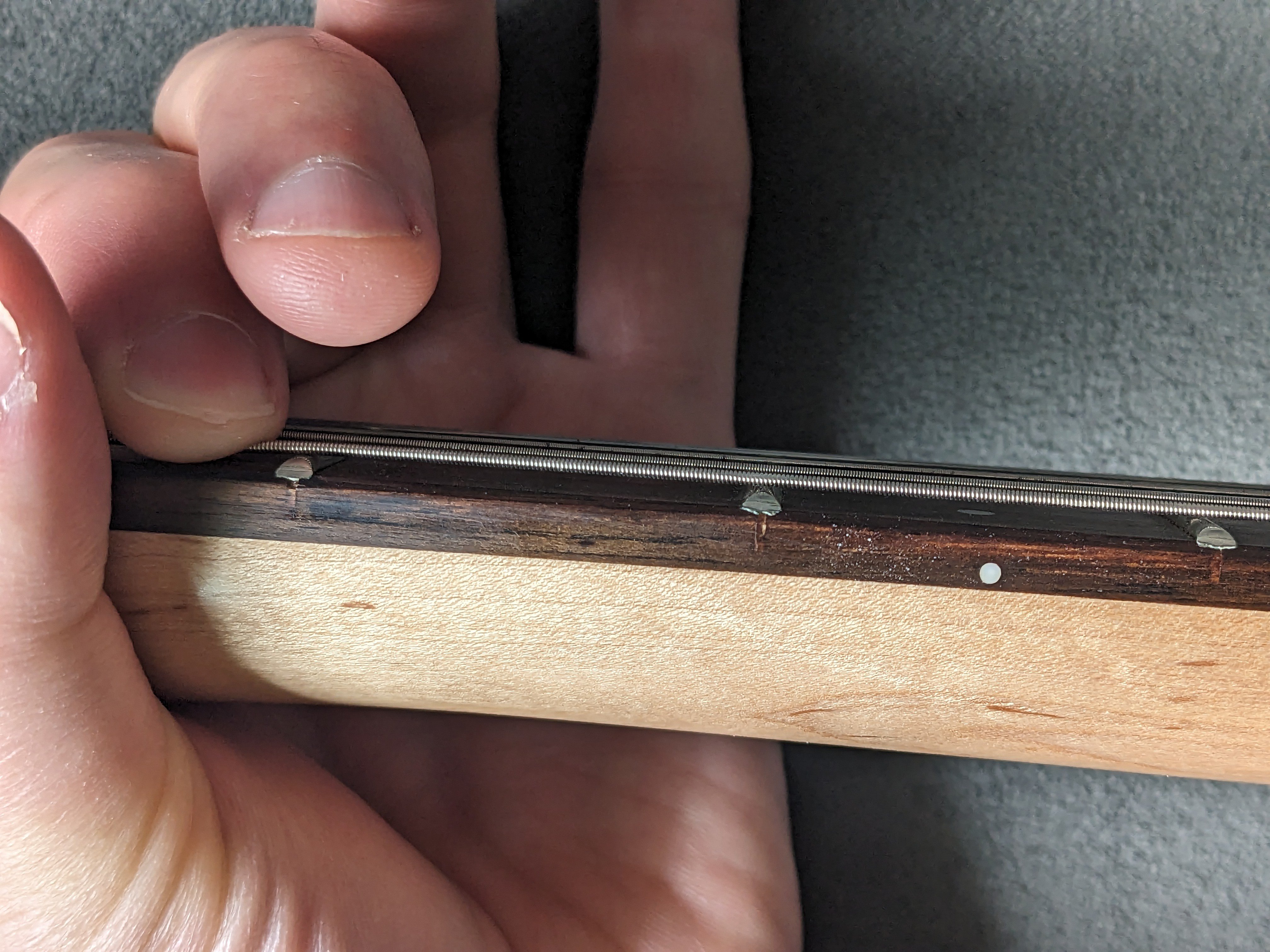Wow I haven't read a good chunk of this list, and I thought I was a sci-fi book afficionado. Thanks for adding to my summer reading list! Might start with either Parable of the Sower or Never Let Me Go.
I did my first track workout on Thursday. Felt good so went for a run yesterday. Took some wrong turns (live in a new city) and ended up doing 15 miles. Today is supposed to be my long run but I might just do a recovery run because I'm so tired!
I tried that out and posted the picture in another comment in this thread (https://lemmy.world/comment/10346090). I think it's better but I have some more to learn. Your photo is brilliant!
Thanks, that's exactly how I took the photo. It was approaching sunset so I think the colors are a little yellow because of that and just how brown the river is. I adjusted the colors like the other comment suggested and I think it looks better:

Thanks, I've been practicing getting the focus sharp. It's a tough battle between my phone's autofocus vs manual bino adjustments and keeping the phone+bino stable.
I see cormorants all the time here too, I just loved how this one was screaming at something. On this walk, I saw only one cormorant but 60ish Canada geese (with a ton of goslings!), so the cormorant felt rare today. I also saw a blue heron but he flew too far away for me to get a good picture.
One more thing. Running hydrogen, even in blends of 30% hydrogen/70% natural gas, creates a large amount of extra NOx production. NOx, of course, is a pretty nasty pollutant. We need to redesign our current natural gas burners to help control NOx at high hydrogen blends.
Also, I think we need to be moving towards 100% hydrogen if we want to use combustion as a green replacement for natural gas. However, I don't think many of the appliances that currently use natural gas could safely use 100% hydrogen because of the properties of hydrogen gas. Primarily, I think the flame speed of hydrogen would require us to redesign the various combustors that use natural gas currently so that we don't have flashbacks. Additionally, the hotter burning of hydrogen might cause material failure issues in our current natural gas burners. The research I've done is shown that we could probably get away with 30 to 40% hydrogen, maybe dependent on the exact burner. I don't think moving to 100% hydrogen is feasible without a massive replacement of all of our gas burning appliances.
Oh neat, I actually know a lot about hydrogen-natural gas blends!
I read the report because of this claim:
And now, a team of British researchers has found adding hydrogen to natural gas actually increases how much natural gas leaks from stove burners and boilers because the smaller hydrogen molecules help the larger methane ones escape.
I've never heard of small hydrogen molecules helping larger molecules leak. I was curious what the mechanism for this was. It turns out the report does not make that claim at all. In fact, the report claims the additional leakage from hydrogen blends is most likely just the hydrogen leaking. I didn't run the numbers myself but the data presented seems approximately aligned with that. Hydrogen leaking through fittings is already a well-known and established challenge of blending hydrogen with natural gas. So the central thesis of this news article is completely fabricated.
I am a little surprised the utility companies are going to soon be mixing in hydrogen. I didn't think we we're quite ready to blend in hydrogen into natural gas for the leakage reason, and also because of production scaling issues that we haven't resolved yet. These challenges are likely within reach soon. For example, the United States department of energy has a large research initiative right now to help lower the cost of hydrogen production to be more competitive with natural gas. We also need to make sure that hydrogen is produced in a carbon-free or carbon neutral way, which is probably going to be dependent upon our electrical grid becoming carbon free.
The missing middle. The last city I lived in had a bunch of houses in the 1200sqft 2br/1ba range but they were built before 1950 and are now in the "historic" part of town that is zoned to prevent redevelopment. It's also the closest to the city center where many jobs are located and events like festivals take place. So it's a very desirable place to live and houses here sell for $1M+.
The next ring out from the historic district was built between the 50s and early 2000s and is largely 2000+sqft homes on larger plots of land. Large plots of land are desirable so those go for $800k+.
After the 2008 financial crisis we started building our third ring of housing with humongous "luxury" houses with 6+br. They're on tiny plots of land with maybe 6ft separating the houses, but since they have large sqft, granite countertops, and faux marble tiles in the bathroom they go for $700k+.
Oh yeah and housing has been underbuilt since the 1970s so the vacancy rate is under 1%, and it's a smaller city (~200,000 people) so the job opportunities aren't plentiful and the best paying. I have no idea how so many of these houses are being paid for. I bet a lot of people that have bought since 2010 are house poor. Or a lot of them are cruising on super low interest rates.
I've been using SALOME to create parametric 3D geometry. My use case is to parameterize my geometry features and export to STL files that I use with OpenFOAM. SALOME is integrated with a couple of grid generators, and I really like it's 2D/triangulation/STL integration with netgen. You can specify faces for refinement to a desired mesh size, so for example around complex features you can create a fine STL mesh and on simple shapes you can have a really coarse mesh.
I've found the 3D modeling to be pretty straightforward, and SALOME usually does a pretty good job if you have to go back and modify previous features (something I've struggled with in FreeCAD).
I've also used FreeCAD for mesh generation, and it works ok but I've found the triangulation leaves a lot to be desired for splitting up the mesh as needed for OpenFOAM boundaries.
If you're making STL files for 3D printing and you want a parametric CAD modeler for engineering parts, give it a try. If you want complex faces with artistic style, I would suggest Blender.







Maybe their diet would shift but a lot of animals eat ticks. Frogs and toads, many smaller birds like warblers and probably house sparrows and robins, chickens love them, and of course opposums and mice.
Similar for mosquitos. I see the house sparrows around here catching mosquitos all the time. I'm pretty sure dragon flies feed heavily on them too.